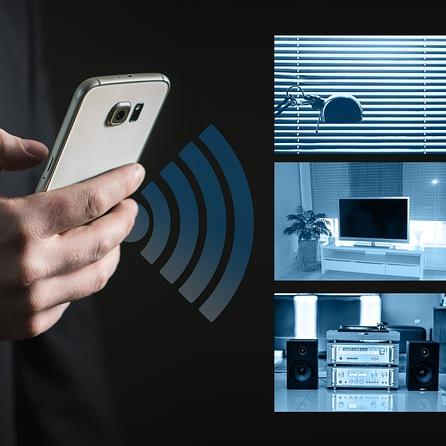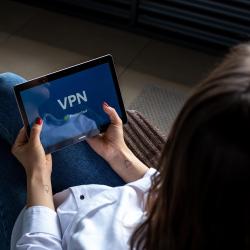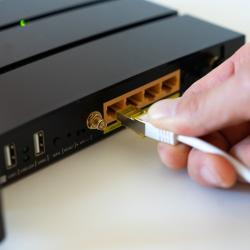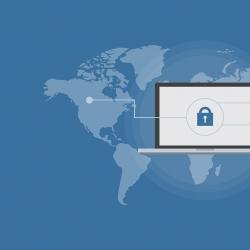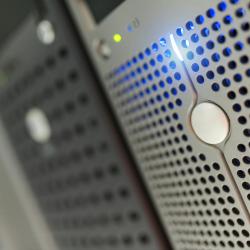How to Secure Your Home Wi-Fi Network from Intruders
A secure home Wi-Fi network is essential for protecting your personal information, devices, and peace of mind. As more households become dependent on internet-connected devices, securing your network from unauthorized access is crucial to safeguarding your privacy and data. Here are some essential steps to ensure your home Wi-Fi network is protected from potential intruders.
1. Change Default Login Credentials
The first step in securing your home Wi-Fi is to change the default username and password of your router. Manufacturers often use standard admin credentials for ease during setup, which are widely known and can be easily exploited by intruders. Choose a strong, unique password and a distinct username to make it difficult for unauthorized users to access your router settings.
2. Enable WPA3 or WPA2 Encryption
Encryption is a fundamental aspect of wireless security. Ensure your router is configured to use WPA3 or WPA2 (Wi-Fi Protected Access Version 3 or 2) encryption. These protocols encrypt data during transmission, making it difficult for outsiders to intercept and understand the information. Avoid using WEP (Wired Equivalent Privacy) as it is outdated and vulnerable to attacks.
3. Regularly Update Firmware
Router manufacturers periodically release firmware updates to fix vulnerabilities and improve security features. Make it a habit to check for and install updates on your router to protect against potential security threats. Some modern routers offer automatic firmware updates, which can simplify the process.
4. Use a Strong Network Name (SSID)
Change the default Service Set Identifier (SSID) to something unique and non-identifiable. While this doesn't directly enhance security, it can prevent revealing the router's model or manufacturer, which could be useful for hackers. Avoid using personal information in the SSID to ensure privacy.
5. Enable Network Firewalls
Most routers come with built-in firewalls that offer an additional layer of protection against uninvited traffic. Ensure this feature is enabled to help block malicious access attempts. If your router supports stateful packet inspection (SPI) or other advanced firewall features, enable them for enhanced security.
6. Implement MAC Address Filtering
Media Access Control (MAC) address filtering allows you to specify which devices can connect to your network. By enabling this feature, you can restrict network access to only those devices with pre-approved MAC addresses. This can add an extra layer of protection by preventing unauthorized devices from joining.
7. Disable WPS and Remote Management
Wi-Fi Protected Setup (WPS) is intended for convenient device connections but can be a security risk, as it is vulnerable to brute-force attacks. Disable WPS to eliminate this risk. Additionally, turn off remote management options, which allow access to your router settings from outside your home network, unless absolutely needed.
8. Create a Guest Network
If you frequently have visitors, consider setting up a guest network. This isolates guest devices from your main network and restricts their access to your sensitive data. You can change the guest network password periodically for added security.
9. Monitor Connected Devices
Regularly check the list of connected devices on your network to ensure only authorized gadgets have access. Most routers provide a network map or a list of active connections, allowing you to spot unfamiliar devices.
10. Educate Family Members
Ensure everyone in your household understands the importance of network security. Encourage practices such as creating strong passwords and avoiding connecting to suspicious networks, as well as recognizing phishing attempts and other online threats.
Conclusion
Securing your home Wi-Fi network is an ongoing process that combines strong protocols, vigilant monitoring, and informed use. By following these steps, you can significantly reduce the risk of unauthorized access and protect your data and privacy from potential intruders. With a secure network, you can enjoy the benefits of a connected home with greater peace of mind.
